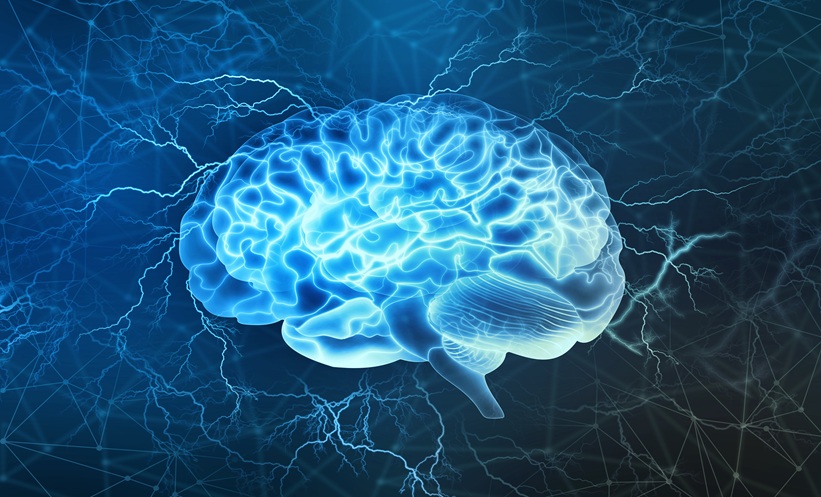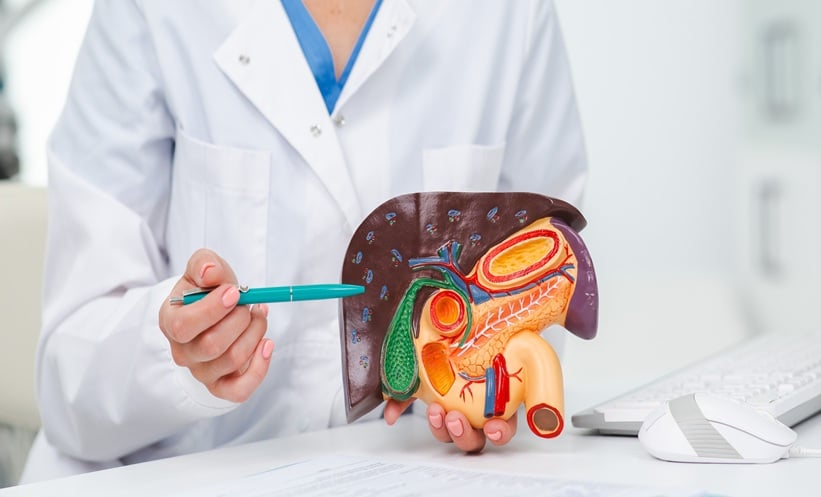LIVER damage, especially due to alcohol-related liver disease (ALD), may provide a new explanation for magnetite nanoparticle accumulation in the brain, according to a recent study. Magnetite, a ferrimagnetic iron-oxide, has been previously detected in brain tissue, often sparking debates about whether it originates from environmental pollution or is produced naturally in the body. Until now, theories have focused mainly on external sources such as air pollution or magnetite-producing bacteria, with little consideration for systemic factors like liver health.
Using superconducting quantum interference device (SQUID) magnetometry, researchers examined the magnetic properties of post-mortem brainstem tissue from four individuals. The study found one case (141/22) with particularly high magnetite levels, which corresponded with severe liver damage and iron overload, a hallmark of ALD. Further analysis using laser ablation–inductively coupled plasma–mass spectrometry (LA-ICP-MS) revealed elevated levels of iron, copper and manganese in the brainstem, all trace metals that can accumulate due to liver dysfunction.
Interestingly, the magnetite particles identified in the study were of a size consistent with biologically formed nanoparticles and too large to be superparamagnetic, indicating they are likely to contribute to lasting magnetic properties in tissue. Despite previous associations between magnetite and Alzheimer’s disease, none of the individuals in this study showed any signs of neurodegenerative pathology.
The findings challenge previous assumptions that magnetite concentrations in the brain are primarily influenced by environmental factors, such as air pollution, or neurological disease. Instead, the study proposes that systemic iron dysregulation due to liver damage may be a significant and overlooked contributor. This suggests a new avenue for future research: assessing liver health when investigating magnetite presence in the brain.
Overall, this work highlights the need to broaden the scope of magnetite research in neuroscience by integrating knowledge from hepatology and systemic metal metabolism.
Reference
Kaub L et al. Magnetic iron-oxide nanoparticles in the brain connected to alcohol-associated liver disease. Sci Rep. 2025;15(1):24505.








